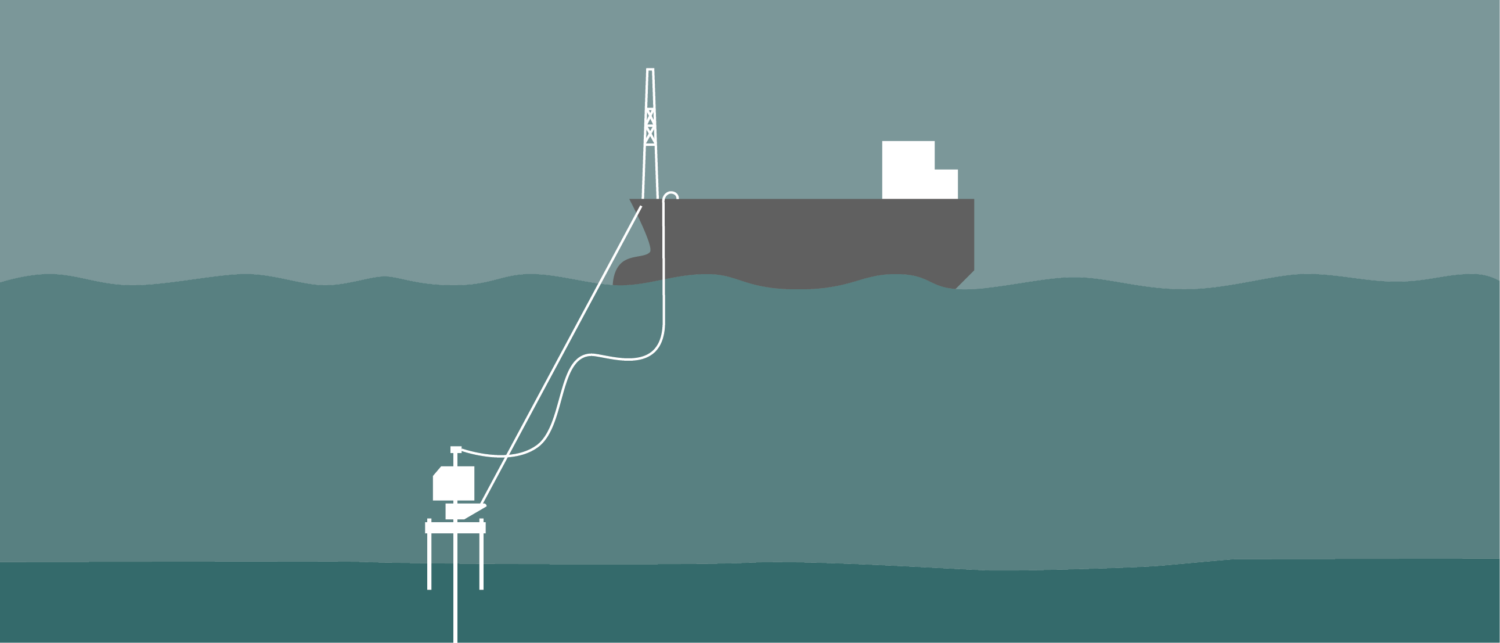Sometimes one hears people from operators moan about service company folk trying to sell their products at conferences. Such remarks do not do justice to these companies, as they are always trying to develop new ways to optimise their products in order to better facilitate market needs.
In fact, finding out what service companies are involved in when it comes to developing their offering is a good way to gauge how the market is evolving. That is why we chatted with all exhibiting companies at this week’s DIGEX Conference in Oslo.
We asked each of them one question:
“What is it you are currently developing when it comes to your digital journey?”
“We’ve got more than 40 developers working on our EarthNet platform”, says geoscientist Daniel Stoddart from Earth Science Analytics. “We are currently putting great effort into making our software more intuitive, such that our users can handle the software in the most straightforward way. We see that people don’t have the time anymore to plough through extensive manuals, so our product has to adapt to that,” he says.
Didac Gese Jarque from Resoptima, the company that is operating in the field of reservoir characterisation and intelligence, emphasises the role further developments in ensemble modelling play in their product offering. He added: “But probably the most important focus for us right now lies in validation of the openness of cloud-native solutions by connection to third-party data.”
“Too often, information that is sitting onshore does not make its way offshore, where the action is”, said Magnus Tvedt from ProWellPlan, the company that offers digital solutions to streamline the planning of wells. “For that reason, we continue to invest in ways to facilitate the data stream from onshore to offshore.”
“We want Glex to be the first port of call when it comes to consulting geospatial data for the NCS”, said Jørgen Napstad, who is the CEO of the company. In order for that to happen, our mission is to continue incorporating data into our platform, such as our recent collaboration with Wittemann E&P Consulting shows. In addition, we also aim to integrate the software with other subsurface applications such as Petrel.”
“ChatGPT is the way forward.” Jesse Lord from Kadme is very prompt in answering our question. He discussed the power of the new algorithm everybody talks about during the panel discussion on Day 1 of the conference and also during the evening. “It is a matter of how, not if, when it comes to the inclusion of ChatGPT in our working routines”, he said. “And that is why we want to explore ways to integrate it with our offering to facilitate the querying of relevant subsurface data.”
“Metadata is something not to be forgotten about,” said Paul Gibb from Petrosys. “We recognise how important stage gate review documents or acquisition reports are when it comes to keeping a good overview of how legacy projects were carried out. These documents tend to be in all sorts of formats and can be easily missed. We are developing elastic searches that allow ranking of these documents in terms of relevance, thereby further reducing time for our customers.”
Pasha Morozov, who works for Geosoftware, doesn’t need to think long about the question what his company is currently working on in terms of their developments. “We think there is still a lot to do in the seismic domain, where we are currently focusing on the application of convolutional neural networks both on per-stack as well as on post-stack data”, he explained.
The team from Geoactive – Catriona Penman and Paul Spooner – emphasise the demands from a changing market, where other subsurface applications such as CCS and geothermal require different software needs. “We are certainly looking to optimise our software to accommodate for these things”, Catriona said. “We also follow developments in the OSDU space closely”, says Paul. “The platform has matured over the past years, which we needed to be more comfortable investing in it.”




